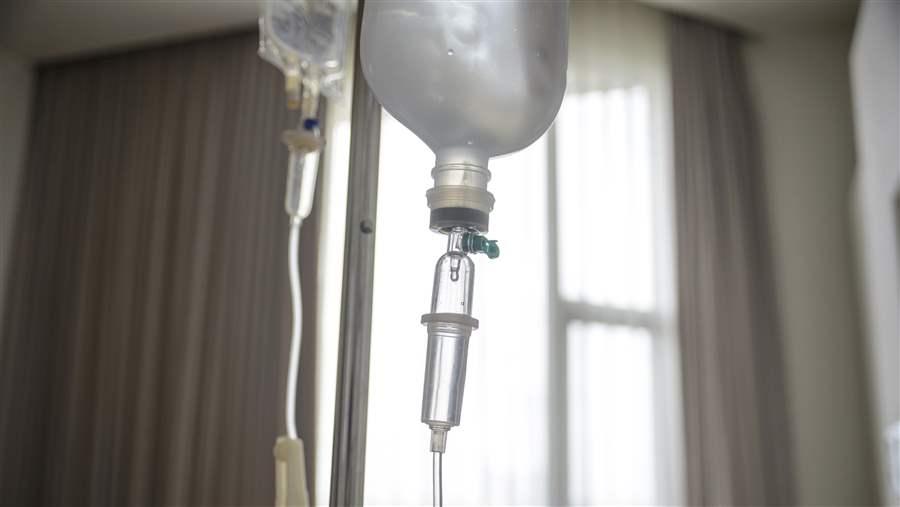Drug Compounding: Steps to Boost Public Safety
It’s Patient Safety Awareness Week. What do you know about compounded medications and their risks?
 iStock
iStockDrug compounding errors have resulted in patient illness and death, but steps can be taken to help make these medications safer.
Compounded drugs—medications mixed or altered by pharmacists—are a critical component of health care, but they can carry serious, yet little-known, risks to patient safety. In light of Patient Safety Awareness Week from March 13 to 19, now is a good time for the public and health care professionals to understand the facts and concerns behind drug compounding.
Compounded drugs provide options for patients whose medical needs cannot be met by a Food and Drug Administration-approved drug. But absent meaningful quality controls, errors can occur during the compounding process that may lead to illness and even death. This is what happened between 2012 and 2013 when the U.S. experienced a nationwide fungal meningitis outbreak linked to contaminated injections made by a single compounding pharmacy. The contamination was linked to infections in over 700 people, 64 of whom died.
New federal law brings FDA oversight and stricter quality standards to compounding facilities that make supplies of drugs. However, most compounding still occurs in traditional pharmacies, which are regulated by the states, with relevant laws and regulations updated at the discretion of each state and jurisdiction.
Pew’s drug safety project researched states’ regulations for drug compounding and identified how to improve oversight gaps to ensure better standards and outcomes for patients. In the years after the 2012-13 outbreak, a number of states have sought to strengthen their policies around compounding practice. But changing state policy can take time, and many differences in state oversight systems continue to exist.
3 trouble spots in drug compounding practices
- Only half of the states have fully adopted the widely recognized best practice quality standard for compounding sterile drugs (such as injections or infusions) set by the U.S. Pharmacopeial Convention.
- Just over half of states track the number of pharmacies that perform sterile compounding. Tracking is important because it allows regulators to better prioritize oversight.
- More than half of the states allow traditional pharmacies to compound supplies of drugs without a specific patient prescription. The recently clarified federal compounding law requires such companies to register with FDA, and submit to stricter quality standards, to help ensure the safety of these products.
Download the full report on state oversight of drug compounding for more in-depth information.
How drug compounding could become safer
- All states should apply the U.S. Pharmacopeial Convention’s quality standards on compounding.
- States should conduct annual inspections of sterile compounding facilities to assess a pharmacy’s compliance with compounding laws and regulations.
- States should have mechanisms to track compounding activity, particularly sterile compounding, that occurs in the state.
- States should align their policies on compounding drug supplies without a prescription with federal law.
Download the full set of recommended drug compounding best practices to learn more.
Health professionals should be aware of how compounded drugs are used in their practices and have systems to ensure that these drugs are sourced from facilities in compliance with both state and federal laws.
Health professionals and consumers should call on their state regulators to adopt strong policies to oversee drug compounding, if such policies are not already in use.
Elizabeth Jungman directs The Pew Charitable Trusts’ work on public health.










